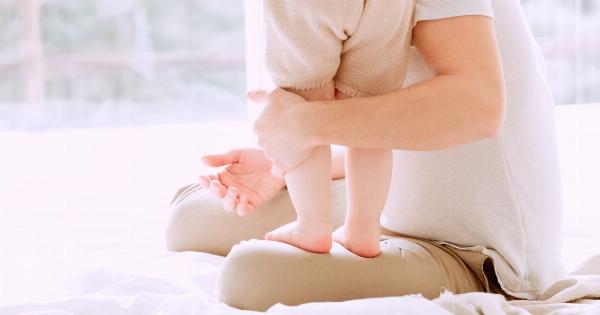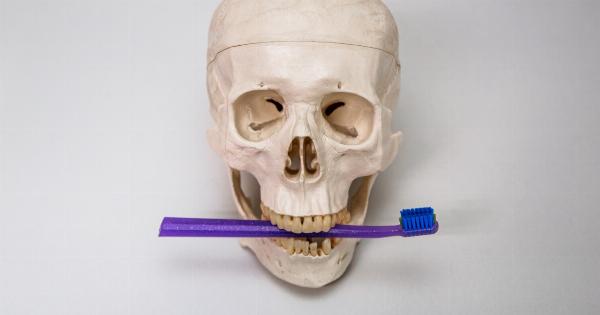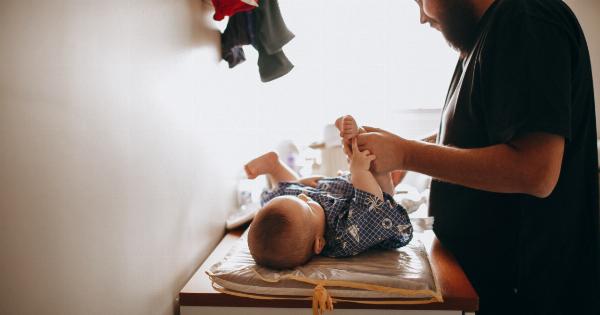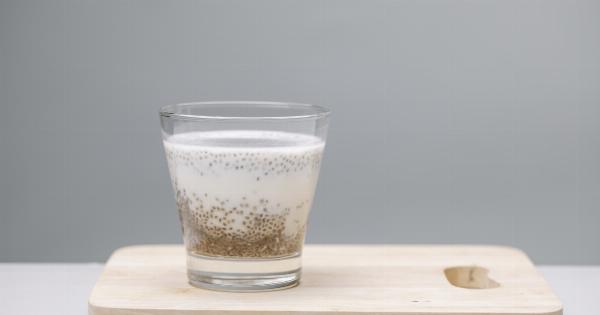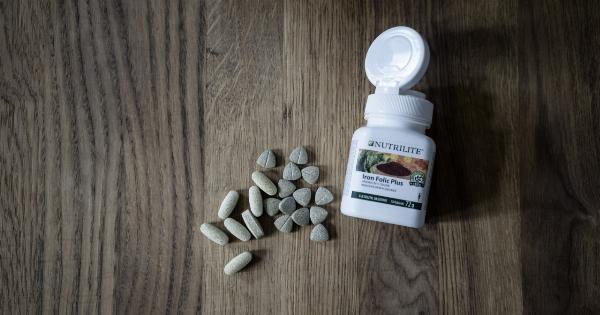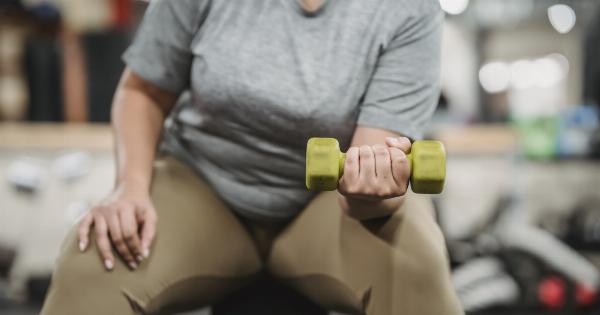As we age, our bones lose density and strength, making them more prone to fractures and breaks. However, with the right exercise routine, we can maintain and even improve the health of our bones.
In this article, we will explore the various ways exercise can help us build better bones.
Why is Bone Health Important?
Bone health is important because bones serve as the framework for our body, protecting our organs and supporting our muscles.
Bones are also responsible for producing red and white blood cells, which are essential for carrying oxygen and fighting infection. When our bones become weak, we are more prone to fractures, breaks, and osteoporosis, a condition in which our bones become brittle and fragile.
The Role of Exercise in Bone Health
Exercise can help improve bone density and strength by putting stress on our bones. Our bones are constantly remodeling themselves, breaking down and rebuilding.
When we engage in weight-bearing exercises such as walking, running, or dancing, we create stress on our bones, stimulating them to rebuild and grow stronger. Resistance training exercises like weightlifting, push-ups, and squats also help build bone density by adding stress to our bones.
Best Exercises for Building Bone Health
There are several types of exercises that can improve bone density and strength. The two main types are weight-bearing exercises and resistance training exercises. Here are some of the best exercises for building bone health:.
Weight-Bearing Exercises
Weight-bearing exercises are those that require your bones to support your body weight. Examples of weight-bearing exercises include:.
- Walking
- Running
- Hiking
- Dancing
- Stair climbing
- Tennis
- Basketball
- Soccer
These exercises help build bone density in the legs, hips, and spine. They also improve balance and coordination, which can help prevent falls and fractures.
Resistance Training Exercises
Resistance training exercises use weights or resistance bands to add stress to your bones. These exercises promote bone growth and can help prevent osteoporosis. Examples of resistance training exercises include:.
- Weight lifting
- Push-ups
- Squats
- Lunges
- Sit-ups
- Planks
- Bicep curls
- Tricep extensions
Resistance training exercises can be done with weights or resistance bands, making them easy to do at home or in a gym.
How Much Exercise is Needed?
The amount of exercise needed to build bone density and prevent osteoporosis depends on several factors, including age, gender, and overall health. The National Osteoporosis Foundation recommends the following exercise guidelines for bone health:.
- Aim for 30 minutes of weight-bearing exercise, five days a week
- Do resistance training exercises two to three times a week
- Include exercises that improve balance and coordination, such as yoga or tai chi
It is important to note that starting slowly and gradually increasing your exercise routine is key to preventing injuries.
Always speak with your doctor before beginning a new exercise program, especially if you have a history of osteoporosis or bone fractures.
Other Lifestyle Factors for Building Better Bones
In addition to exercise, there are several lifestyle factors that can help improve bone density and prevent osteoporosis. These include:.
- Eating a diet rich in calcium and vitamin D
- Quitting smoking
- Limiting alcohol consumption
- Avoiding falls by using proper footwear, removing tripping hazards, and using assistive devices if necessary
- Getting regular bone density screenings
Conclusion
Building better bones through exercise is a great way to improve overall health and prevent osteoporosis. By engaging in weight-bearing and resistance training exercises, you can improve bone density and strength.
Additionally, other lifestyle factors such as a healthy diet, avoiding smoking, and limiting alcohol consumption can help maintain bone health.

